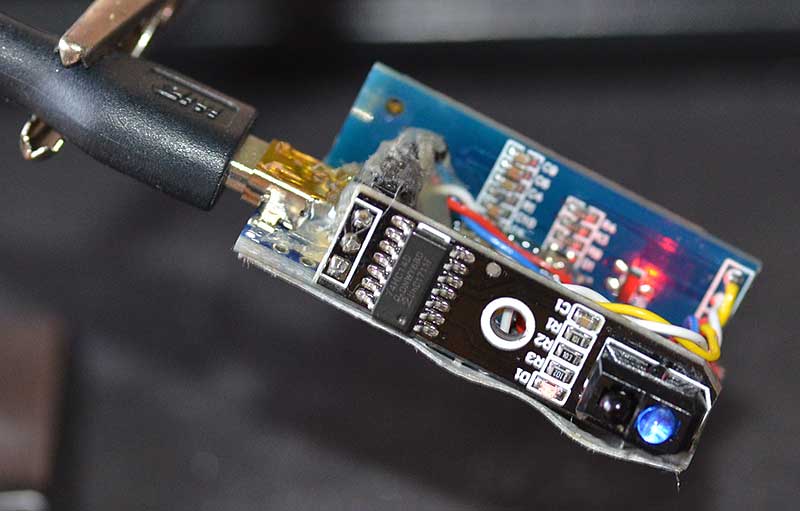
What Controls the Tachometer and Why It Matters Today?
Share
When you look at the instruments on your vehicle's dashboard, the tachometer often holds a prominent position. Understanding what controls the tachometer is not just beneficial for mechanics and tech professionals; it is essential knowledge for any automobile enthusiast wanting to maximize performance and efficiency. The tachometer offers critical information regarding the engine's performance by measuring the RPM (revolutions per minute). This article will delve deep into the complexities of how a tachometer functions and the various aspects that influence its readings.

The Basics of a Tachometer
A tachometer is an instrument used to measure the rate of rotation, typically in an engine. Knowing what controls the tachometer involves both mechanical and electronic components. Older vehicles might utilize a mechanical tachometer that relies on a direct connection to the engine's crankshaft, while modern vehicles usually employ electronic sensors for tachometric readings.
How Tachometers Operate: Mechanical vs. Electronic
Mechanically driven tachometers utilize a flexible shaft connected to the engine. As the engine spins, the shaft rotates, causing a needle to move across a dial, indicating RPM. In contrast, electronic tachometers often rely on a magnetic or optical sensor that detects engine speed and sends electronic signals to the tachometer gauge. These modern systems can provide a more precise reading, along with multiple functionalities, such as recording peak RPMs and interfacing with onboard diagnostics.
For more insights on different tachometer types, check out this article on testing tachometers.
What Affects Tachometer Readings?
The readings shown on a tachometer can be influenced by several factors, including:
- Engine Load: The load on the engine can greatly affect RPM, as increased loads reduce engine speed.
- Type of Transmission: Manual vs. automatic transmissions can have varying impacts on engine speed visibility.
- Malfunctioning Sensors: If sensors fail, the tachometer can provide inaccurate readings, leading to poor engine performance.
Electrical Components: The Backbone of Electronic Tachometers
For electronic tachometers, the control is often in the hands of the vehicle's electronic control unit (ECU). The ECU processes signals from the crankshaft position sensor, converting them into readable data for the tachometer display. The quality and integrity of connections in this electronic system ensure accurate performance.
Another important feature is signal filtering, which removes noise and ensures that the tachometer readings reflect real-time engine speeds. This capability is especially vital during rapid acceleration or deceleration, where fluctuations can occur.
The Role of Calibration
Calibration is essential for accurate tachometer readings. A tachometer can drift over time due to wear and tear or software inconsistencies. Thus, regular calibration remains necessary to guarantee its accuracy. Usually, mechanics perform this during routine maintenance. If you're interested in learning more about troubleshooting issues with a tachometer, delve into this informative piece on the topic of fluctuating tachometer readings.
Applications Beyond Automobiles
While most people recognize tachometers as car instruments, they have a wider range of applications. Industries like aviation, manufacturing, and marine utilize tachometers to monitor and control engine speeds efficiently and accurately. In particular, boats employ tachometers for enhanced navigation and engine monitoring. For insights into testing boat tachometers, refer to this guide on testing boat tachometers.
Why Understanding the Tachometer Matters
For tech enthusiasts and professionals alike, mastering what controls the tachometer can lead to increased vehicle performance, better decision-making, and a deeper appreciation for automotive technology. Whether modifications or standard maintenance, knowing how to interpret and manage tachometer readings is invaluable.

FAQs about Tachometers
1. What is a tachometer?
A tachometer is a device that measures the rate of rotation of an engine, typically displaying the engine speed in RPM.
2. How do I know if my tachometer is faulty?
Common signs of a faulty tachometer include erratic needle movement, readings that don't correspond with engine sounds, or complete failure to display any movement.
3. Can I calibrate my tachometer myself?
Some models allow for manual calibration, but it is generally recommended to consult a professional mechanic for precise calibration to ensure accurate readings.
For a more thorough understanding of how tachometers function, refer to this insightful article from Britannica. In summary, understanding what controls the tachometer can significantly enhance your capabilities as a tech professional or car enthusiast. Being informed empowers you to make knowledgeable decisions that can lead to better engine performance and efficiency.
